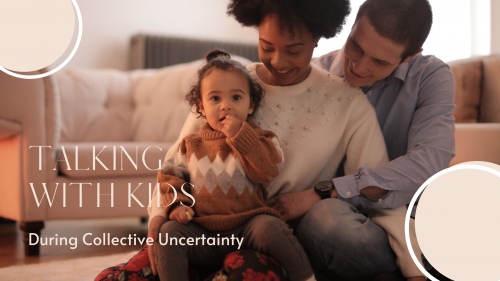
Talking with Kids During Collective Uncertainty
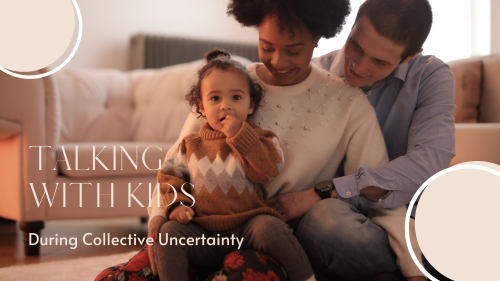 By Holly Schweitzer Dunn, LISW
By Holly Schweitzer Dunn, LISW

 By Holly Schweitzer Dunn, LISW
By Holly Schweitzer Dunn, LISW

 Letting go is a lifetime practice but often feels very cerebral. “Easier said than done,” we might say. So if you’re practicing an attitude of release, here are a few things to support your practice.
Letting go is a lifetime practice but often feels very cerebral. “Easier said than done,” we might say. So if you’re practicing an attitude of release, here are a few things to support your practice.
Focus on your exhale. Notice what it feels like to release the breath. Take your time exhaling, putting a brief pause at the bottom of the breath. Notice the space you have to begin to take in the next inhale.
Practice the mantra: This no longer serves me.
Use your hands. When sitting in meditation or prayer, or even just to begin a meeting or other daily activity, pause and uncurl your fingers from your fists. Take a moment to let your body come into a pose of non-grasping so that you can receive.
Sit with it. Perhaps the best way to let go is to sit with the feelings you have around what you need to release.
Write yourself a permission note. It’s okay to make a decision and release yourself of guilt and shame.
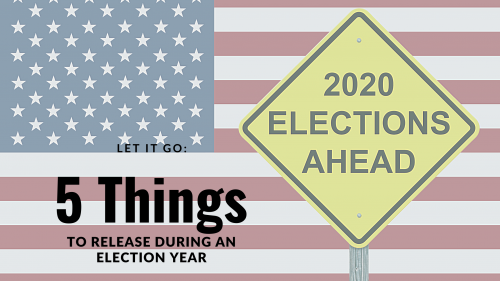
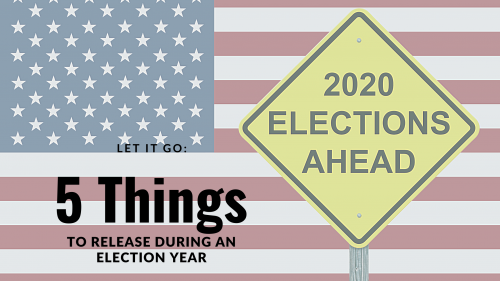
We wouldn’t serve you well if we didn’t address the political climate of 2020. While each of our therapists and staff hold their own unique political opinions, as an office we simply encourage you to exercise your voice in our democracy. While taking in the information you need to align your vote to your values, it’s important to consider how to engage with those around you, specifically online, in these last days of the election season.
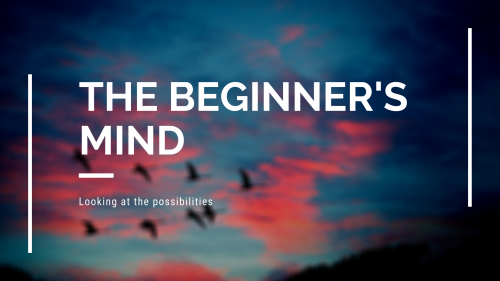

Jon Kabat Zinn uses the concept of the Beginner’s Mind in his 9 Attitudes of Mindfulness. This way of thinking asks a person to come into a situation without assumptions or expectations, and it’s the posture for true learning. The Beginner’s Mind allows for “I don’t know yet” and frees you to listen deeply before making any decisions or judgments.
Practicing the Beginner’s Mind is essential because it’s not natural to our brain’s protective wiring. If you have ever researched buying a new car, you may have experienced that suddenly every car you see on the road is the car you’re considering. The world did not suddenly produce more Honda Odysseys once you decided you wanted one, but rather your brain picks up on that information, positive or negative, and associates it with the information it’s currently processing. We do this – pick up information and associate it with our daily experiences, beliefs, and behaviors – because the mind tends to be dualistic, categorizing things into good/bad, safe/unsafe, and other groups.
The Beginner’s Mind asks us to momentarily set aside what we already know for the opportunity to learn something new about our present situation.
Over the past several months, the Beginner’s Mind has been one of our best friends. Taking such an approach, we can offer ourselves grace. The Beginner’s Mind reminds us we’ve never been here before. This is new. And there is always something to learn from newness.
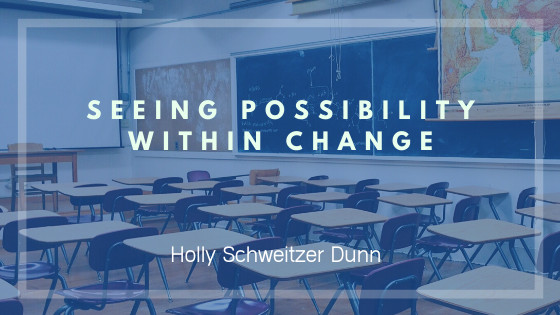
 The meditation for July 16th in my Greg Henry Quinn book 365 Meditations for Teachers is: “Everything in Life is Cyclical.” This axiom provides a warning: if things are going well, prepare yourself. It also provides eternal hope. No matter how bad things are, they must eventually improve.” It’s helpful to keep this in mind as we move further into the summer and closer to a school year that remains yet undefined.
The meditation for July 16th in my Greg Henry Quinn book 365 Meditations for Teachers is: “Everything in Life is Cyclical.” This axiom provides a warning: if things are going well, prepare yourself. It also provides eternal hope. No matter how bad things are, they must eventually improve.” It’s helpful to keep this in mind as we move further into the summer and closer to a school year that remains yet undefined.
Knowing and believing in the inevitability of change can bring us peace. As bad as things seem, they will get better. Really savor how calm things are now. At some point this will shift. Accepting change opens us up to all the possibilities and opportunities change brings.
What happens when we don’t like the opportunities change brings?
 This is where acceptance is crucial. As we have said, to accept something does not necessarily mean you like what is happening. It means you’ve chosen to stop fighting against or running from it, and instead recognize it is here. It is what it is. Acceptance changes you. It does not change the situation.
This is where acceptance is crucial. As we have said, to accept something does not necessarily mean you like what is happening. It means you’ve chosen to stop fighting against or running from it, and instead recognize it is here. It is what it is. Acceptance changes you. It does not change the situation.
Because there are so many unknowns in the world right now, it’s important to focus on what we do know for sure.
Quinn also says this about change: “When a child learns to accept change without fear, he or she then affects change within himself or herself by learning. A teacher [can] be the comfort of continuity from which new and exciting things spring.”
As parents and educators, we are in the position to be the constants for our children. This does not require us to ignore our own fears or try to fake our way through them. Children, as you know, quickly see through that. Even if you aren’t seeing yourself as a wellspring of “comfort of continuity”, your children and students are looking to you. Model to them authenticity, openness to new possibilities, and rolling with the unexpected.